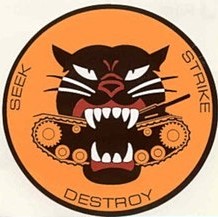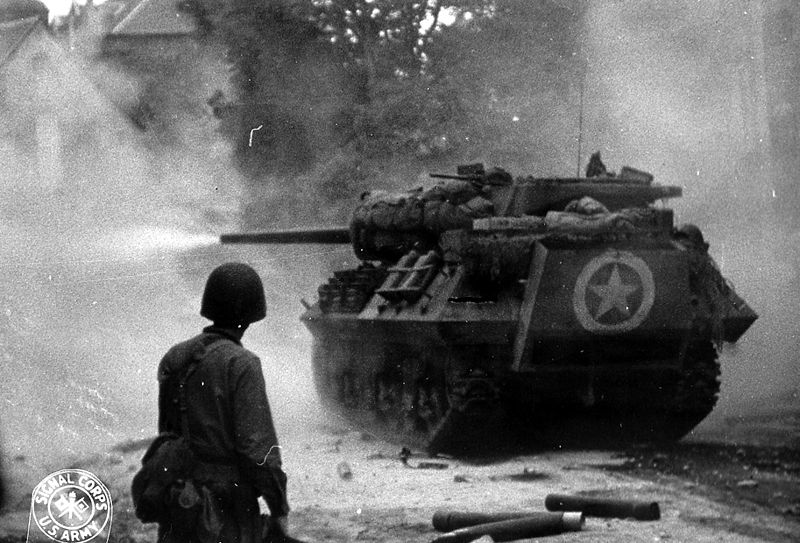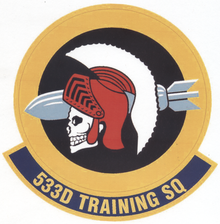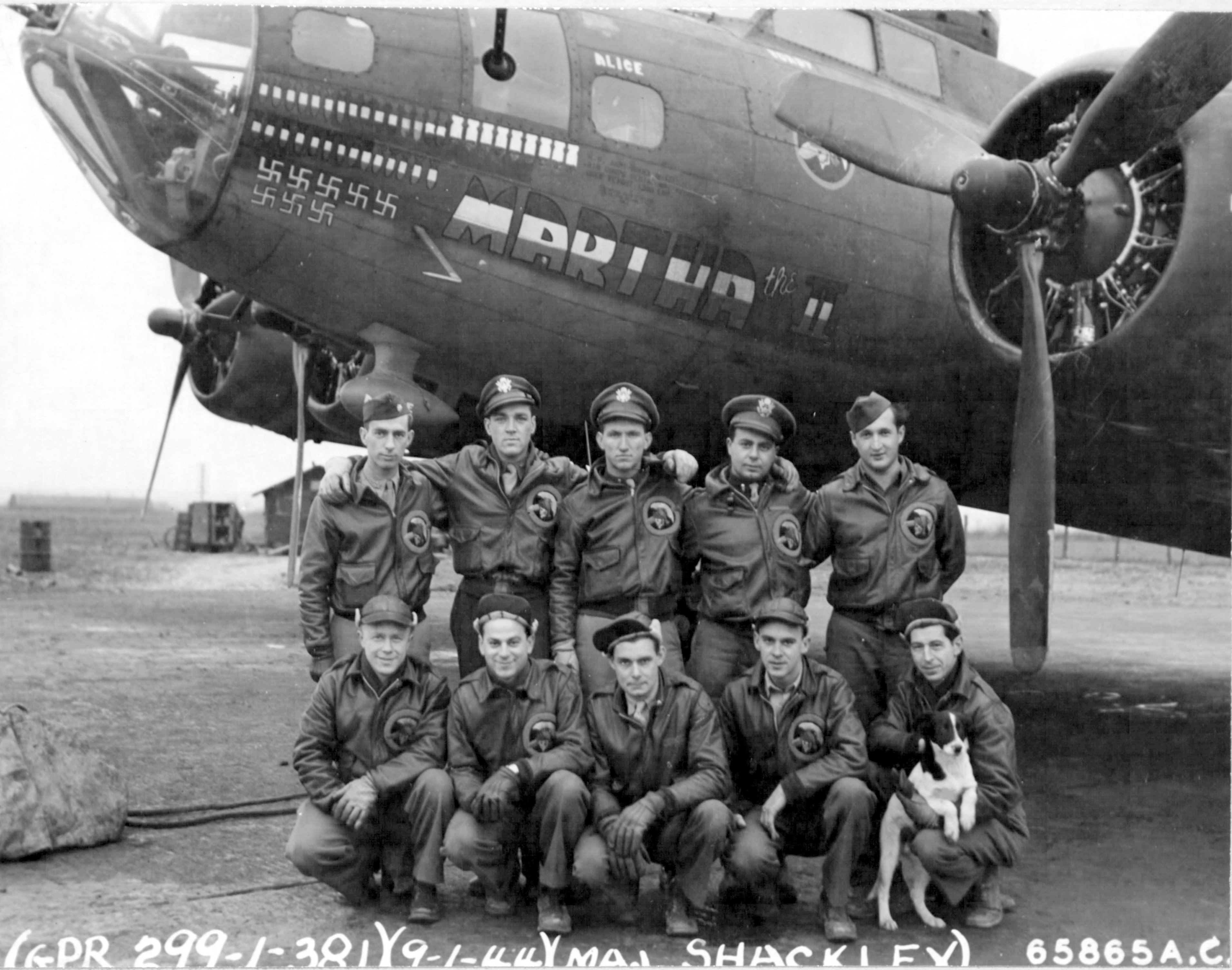47th Bombardment Squadron

Activated at March Field, California in early 1941 as part of the prewar mobilization of the Army Air Corps. Equipped with B-18 Bolos and Lockheed Hudsons. Engaged in coastal patrols over Southern California, later over the San Francisco area.
Re-equipped with B-25 Medium bombers, deployed to Seventh Air Force in Hawaii during the late summer of 1942. Completed final training in Hawaii and moved to Tarawa in the Central Pacific in December 1943. Entered combat and attacked enemy installations, airfields, and shipping in the Marshall Islands in preparation for the invasion by US forces, and after February 1944 staged through captured fields on Eniwetok to attack shipping in the Caroline Islands.
In April 1944 moved to Makin where its missions were directed primarily against shipping and bypassed islands in the Marshalls and Carolines. Returned to Hawaii in October 1944 for training with rockets and new B-25’s. Moved to Okinawa, May–June 1945. Bombed airfields, railways, and harbor facilities on Kyushu until August 1945. Also flew some missions against airfields in China.
Moved to Manila in December 1945. Inactivated in the Philippines on January 27, 1946.





Recent Comments